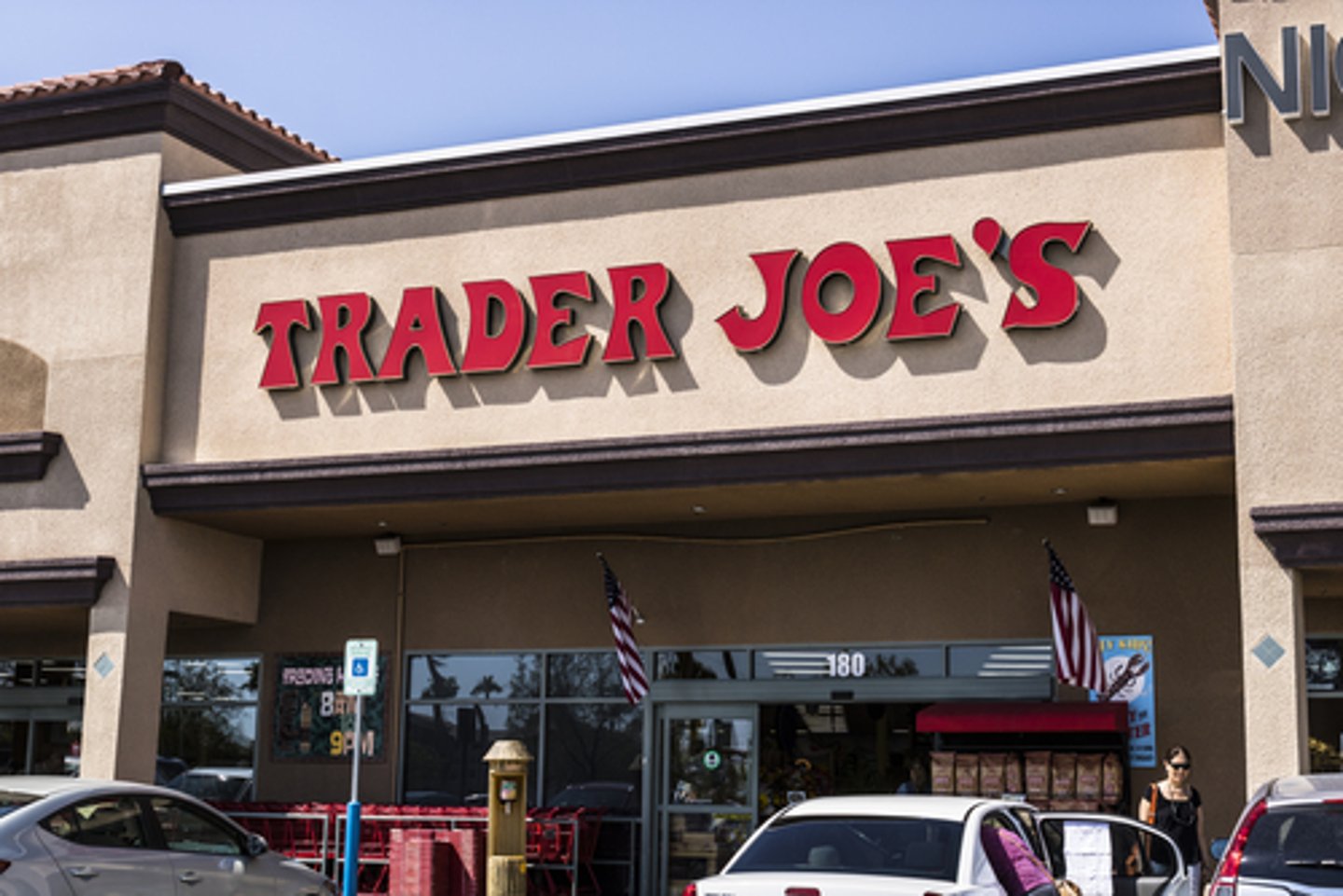Store Brands Can Boost Loyalty and Community With a Marketplace Model
It’s an ongoing quandary for many retailers – how do you promote your proprietary store brands alongside the range of other brands that together are key to your success? While trends come and go and retailers are always adjusting and shuffling brands in and out, building enthusiasm and loyalty around store brands is an ever-present goal.
For retailers looking to distinguish their unique store brands from their other offerings, a marketplace model is the ideal platform to build a loyal customer community.
Marketplace technology, which is now easily accessible and affordable in a way it wasn’t just five years ago, is not simply a way to offer merchandise from third party suppliers. It can also be a powerful tool for building brand engagement, enthusiasm, and loyalty when done right.
Store brands, who lack exposure in multiple retailers, and can’t rely on other marketing muscle (or spend), a marketplace model, as part of an integrated commerce strategy builds community, amasses new and returning customers and promotes one’s unique brands, above the competition.
Shoppers Come for the Products, Stay for the Experience
For brands and retailers, extending product range is a chance to boost revenue, but it’s also a chance to show your customers you're listening and build brand loyalty. Offering an expanded, curated product range, but not a limitless selection, through an owned marketplace is a great way to recognize your customer’s needs as well as collect critical data. When curated to their lifestyles, the right selection makes shoppers feel like you’ve built the product assortment with them in mind.
Take Trader Joe’s for instance. Trader Joe’s fans are so passionate about their branded products that numerous podcasts and Instagram feeds have sprung from this passion. Harnessing this enthusiasm on a marketplace platform is a way to engage their most loyal customers.
They can also use this to identify information about what additional items these loyal shoppers might want that they would otherwise have to go elsewhere. By offering a complete experience, they retained shopper interest and dollars.
Merging Content, Community, and Commerce
Investing resources that dispense trusted guidance and advice – as a complement to the products in your category – is a great way to build community, raise your brand's profile and keep customers coming back, again and again.
Walk into any Sephora store and unless you’re one of the few and lucky that’s nailed down an airtight skincare and makeup routine, and aren't tempted by their huge selection, it's hard to know where to start, and who to trust. And especially when we’re talking about products that you wear everyday to face the world, customers take great care in doing their due diligence.
A marketplace can be used as a platform to help educate customers about products, demonstrate uses, and communicate about the issues customers care about and your brand is committed to — in the case of Sephora, diversity and sustainability. Ongoing customer interactions with blogs, videos, tips, volunteer opportunities and more generally translate into more frequent, 'stickier' sales, particularly if you stock the virtual shelves with repeat purchase items that regularly find their way onto the family shopping list.
If you're prepared to invest in resources like moderated forums where your customers can share feedback and experiences, you’ll help transform your site into a hub of a customer community, a destination in its own right.
Leveraging the Marketing Power of Social Stars To Build Your Community
The great thing leveraging a marketplace to build community is that there are likely some social media stars who have begun the work for you. Incorporating new channels that bring a highly engaged and targeted audience from the likes of TikTok and Instagram, is a natural way to get to know and embrace your greatest fans.
Retailers and their brands have an incredible opportunity in front of them to curate enticing product extension segments, all without the traditional risk of carrying inventory, within a marketplace and social media is a natural place to learn more about the likes and needs of your communities.
While not (yet) a traditional tool in a marketer’s arsenal, marketplaces can be used to great effect to reach new audiences, build enthusiasm around a brand and drive significant revenue. Retailers would be wise to investigate if the marketplace model is a good fit for boosting store brands and as part of their overall marketing strategy.
Brooke Camov is Chief Corporate and Strategy Officer, Marketplacer, a global technology platform that enables brands, retailers, suppliers, communities, and innovators to easily build and grow successful online marketplaces at scale.





